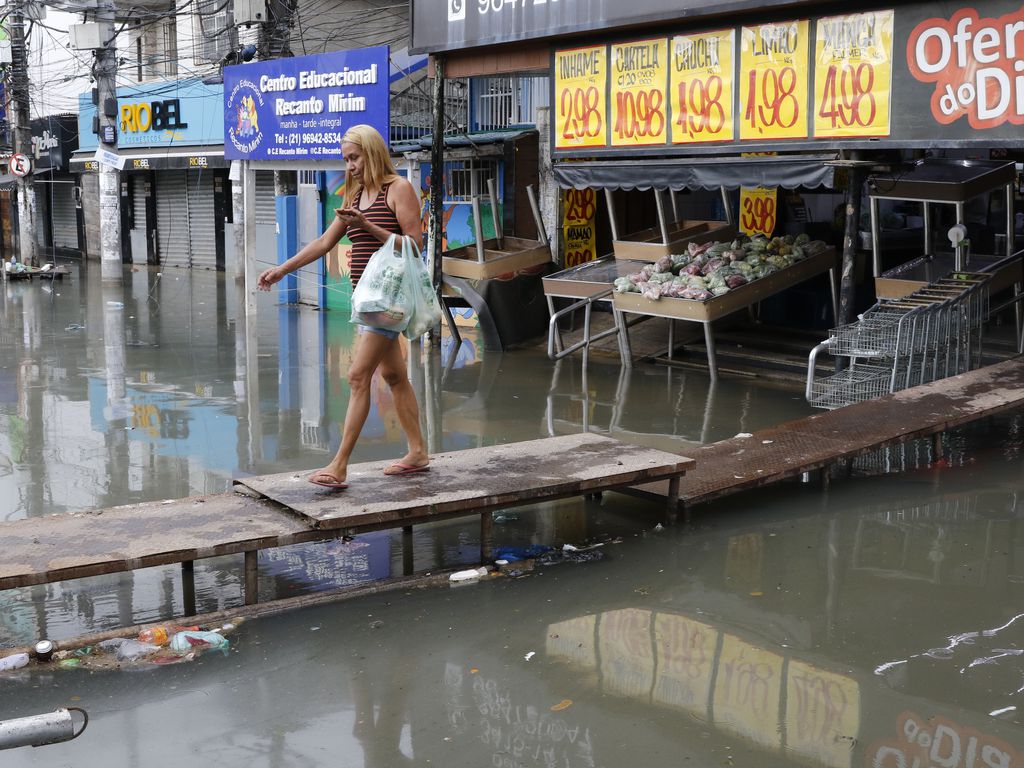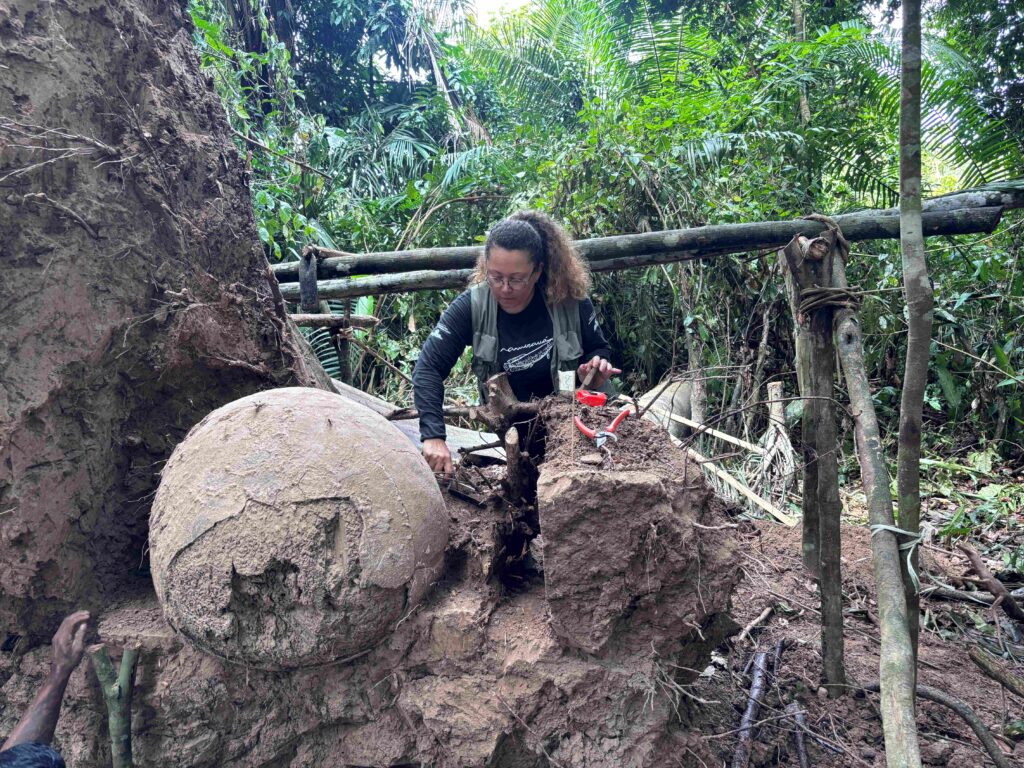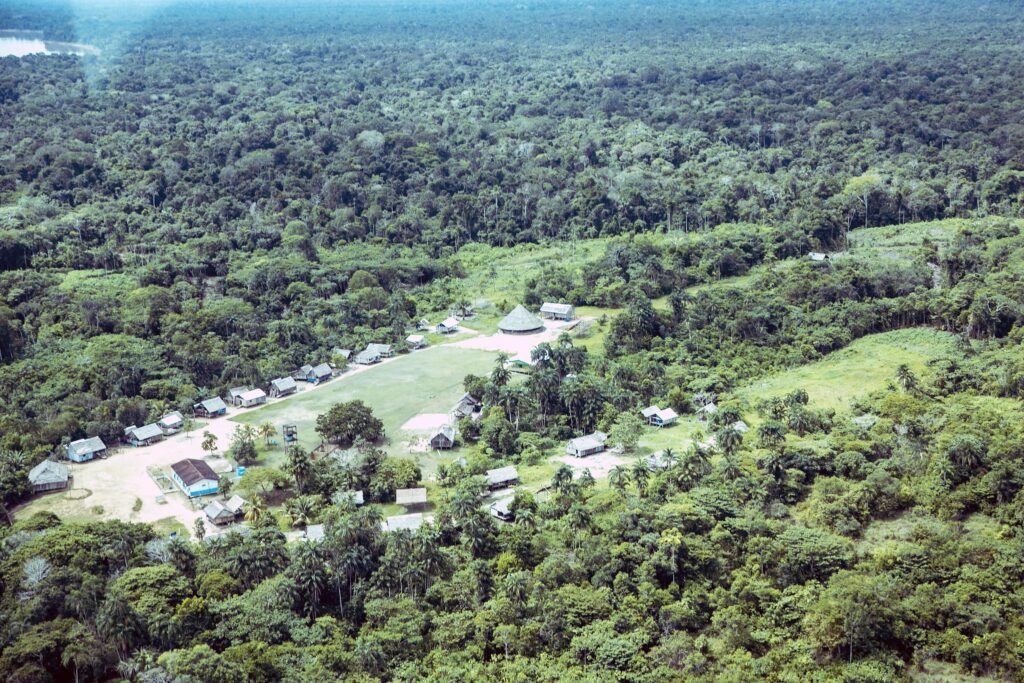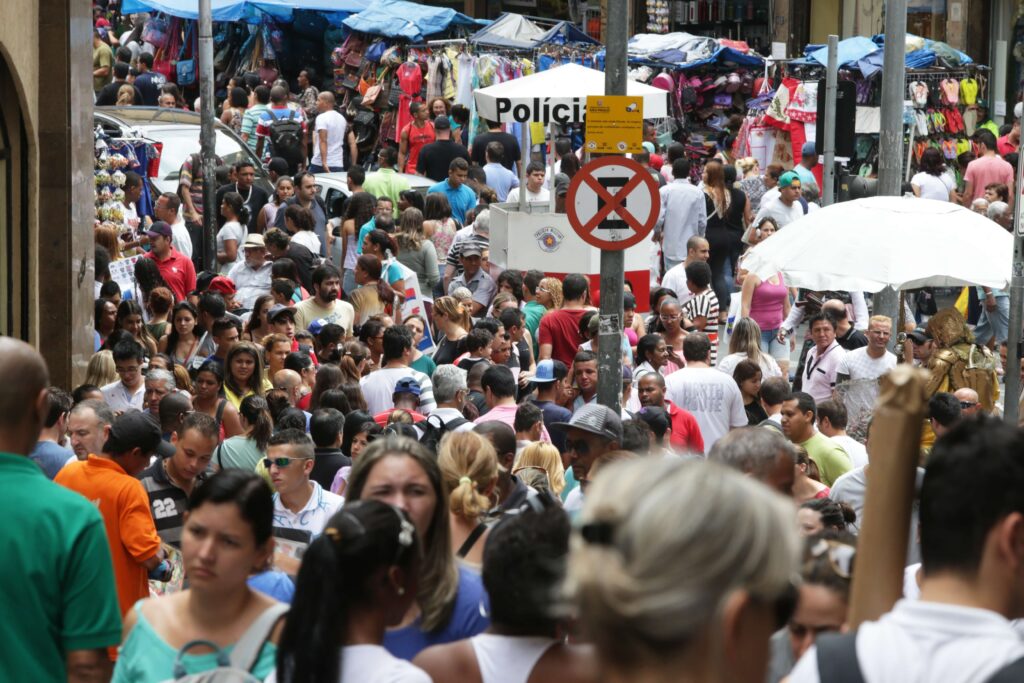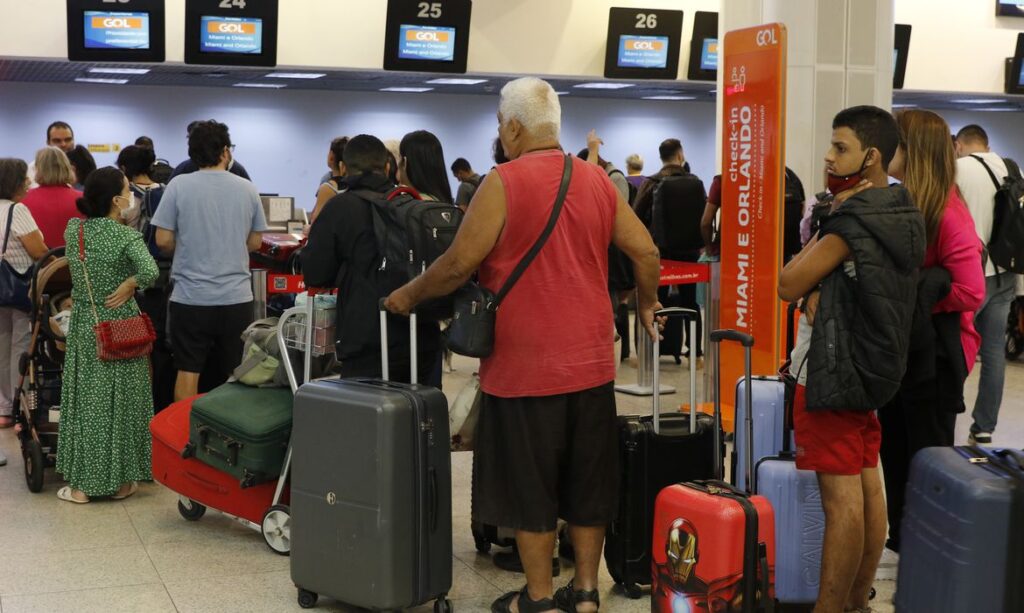São Paulo, Brazil — More than 4 million people live in 14,000 extremely high risk areas for natural disasters according to Brazil’s government. Every rainy season between December and March, the country suffers tragedies such as floods and landslides, which result in deaths and material losses.
Last month, heavy rains caused flooding and landslides on the northern coast of the state of São Paulo in Brazil’s south. Sixty-five people died and more than 3,500 lost their homes.
And last year, the biggest natural disaster of the decade took place in the city of Petrópolis, in the southern state of Rio de Janeiro. There, 235 people died and more than 4,000 were left homeless after heavy rains.
Read more: Heavy rains kill more than 60 people in southeastern Brazil
If we go back in time, we will find at least one major tragedy per year in Brazil due to the summer rains. The phenomenon is not recent, but it has been getting worse every year because of the climate changes registered all over the world. But, if the rain punishes the country every year, always during summer, why don’t we invest in prevention?
“The data exists, the risk areas are known, but there is a feeling that the information is not used correctly,” said Luciano Machado, a civil engineer specializing in geotechnics. “Brazil tends to act punctually, when there is a tragedy, instead of planning and remedying new episodes,” said lawyer Karin Kassmayer, a PhD in environment and development from the Federal University of Paraná.
Specialists consulted by Brazil Reports listed important actions to try to minimize the damage caused by the rains. All are unanimous in saying that the definitive solution is to remove families from risk areas. But, as there are more than 4 million Brazilians inhabiting those areas, removal is a long-term solution. In the short term, there are alternatives to avoid new tragedies.
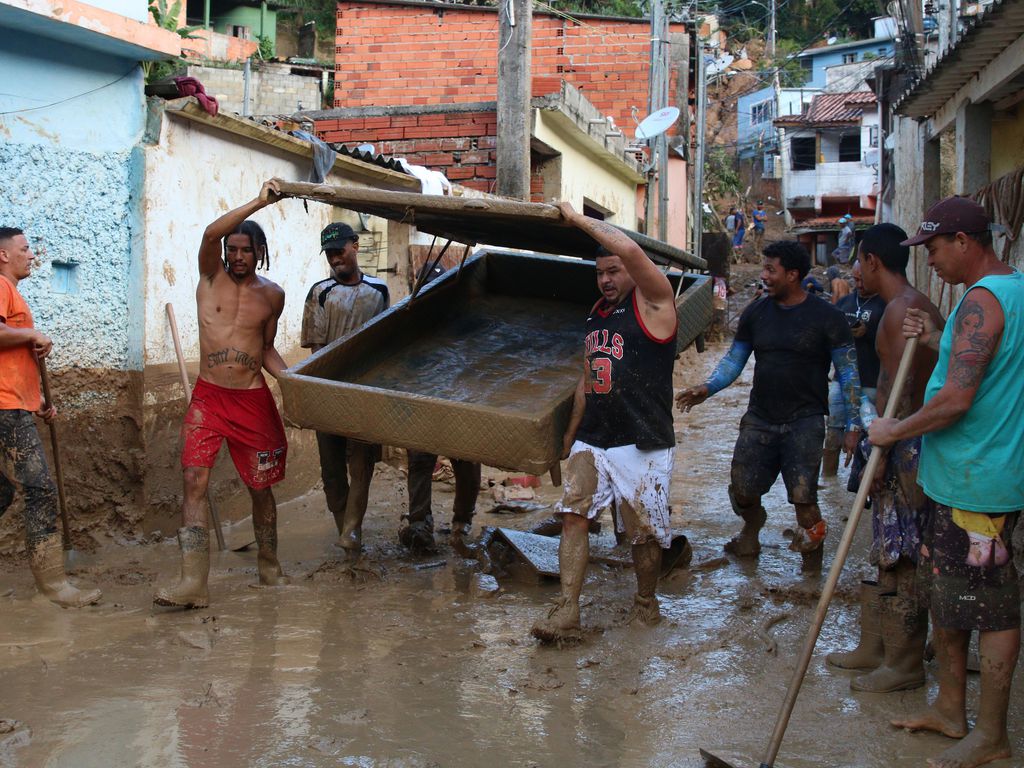
Urban planning
According to Kassmayer, Brazil has advanced in some ways, especially in the monitoring of heavy rains and changes in temperature by the federal government. But, often, there is no immediate and quick action by city halls when there is a warning of heavy rain.
She also believes that the lack of urban planning and infrastructure maintenance, in addition to the lack of investment in technology, such as monitoring centers and radars in cities, also contribute to the occurrence of so many natural disasters in Brazil.
To resolve the issue, Kassmayer says it is necessary to think of cities in a context of climate change, which means adapting cities to extreme events, such as increasingly intense rainfall. “Climate change affects a much larger community, not just risk areas,” she said.
“In addition to urban planning, it is necessary to start working on actions aimed at adaptation: how to adapt the use and occupation of land in the face of climate change. This is what we call green infrastructure. For example, analyzing sustainability criteria before starting any construction, if there will be any cumulative impact in relation to environmental and climate risks,” she added.
Many of the important actions, according to the lawyer, are the responsibility of the cities, such as keeping an updated register of families living in risk areas, installing warning systems for heavy rains and creating faster and more direct communication with the population.
Kassmayer said that one of the quickest and cheapest measures is a siren system in risk areas, which goes off when heavy rain is forecast, informing people to leave their homes. “It is one of the most effective instruments. It may not prevent material losses, but it prevents loss of life. Cities can also make partnerships with phone companies to send alert messages to people before the rain gets worse,” she said.
She also recommends other prevention actions, such as hillside constructions to reduce landslides, river cleaning to avoid overflowing and rainwater runoff through drainage systems. In addition, the authorities should also invest in awareness campaigns for the population and in strengthening environmental actions.

Remote monitoring
Ricardo Mirisola, a civil engineer specializing in geotechnics, said that, in the short term, Brazil could invest in technologies to more accurately identify areas where there is a risk of landslides and then remove people before heavy rain starts. This form of remote monitoring technology already exists in the country and is used by companies to prevent the collapse of dams.
“What can be done in the short term is prevention, which means to identify where the event will take place and act so that people are not in that place when it rains. The National Center for Natural Disaster Monitoring and Alerts (Cemaden) can only predict rainfall up to a certain limit,” he said.
For the engineer, just predicting the amount of rain is not enough to avoid tragedies. According to him, it would be important to monitor the movement of the slopes, to identify which one is more subject to landslides when the rain is identified. And, knowing which slope is at risk, it is possible to evacuate the area and save lives.
“The technology allows this to be done a day or two in advance. So, along with predicting rainfall, it would be important to improve monitoring with sensors, measuring slope deformation and specifically identifying critical points. Meanwhile, the government needs to work on decent housing for these families,” he added.
Mirisola said that the cost of remote monitoring has dropped significantly since Brazilian mining companies are required by law to use this technology to prevent dam failures. “The cost of monitoring is much cheaper than all the mobilization needed after a tragedy,” he said.
He also believes that installing sirens in risk areas is an interesting measure, but it should be the last step adopted by cities. Before that, it is necessary to invest, for example, in training the population and creating escape routes.

Risk reduction
Machado, the civil engineer specializing in geotechnics, explains that there are four different risk classifications, according to the severity of each area, and, with new technologies, it is possible to make constructions to reduce the classification of a certain place in the short term, while it is not possible to permanently remove the families.
“The priority today is those who live in higher risk areas, with a higher risk of deaths. Depending on the characteristics of the land, it is possible to reduce this risk and increase the community’s quality of life,” said Machado, who also highlighted the importance of holding lectures and campaigns to guide people who live in high risk areas.
“There is negligence by authorities, because the tragedy happens in the summer and at Easter there is no more talk about it, until the next rainy season. The rain is democratic, it affects all areas, but those who suffer the most are the poorest. The richest don’t die. Our society has gotten used to seeing black and poor people dying under mud,” he said.
Machado mentioned a type of work that doesn’t take too long and that can contribute to minimizing the impacts of rain, which are drainage works: “If we work on capturing rainwater, so that it is removed more quickly, we will be able to avoid many accidents and keep families in a region with much lower risk until the housing issue is resolved.”
According to the engineer, Brazil also has a very serious communication problem with people who live in risk areas. “There is a lack of protocol, which means knowing exactly how to act when heavy rain is forecast. Brazil should deal with rain like the United States deals with tornadoes and hurricanes,” he added.
Machado said that, while construction projects against landslides aren’t being made, it is necessary at least to invest in communication with the population so that lives are saved. “People have to know what to do when a warning sign comes. If there is a protocol, if people are trained, lives are saved. A politician might say that a censor or a construction project is very expensive, but how much is a life worth?”
